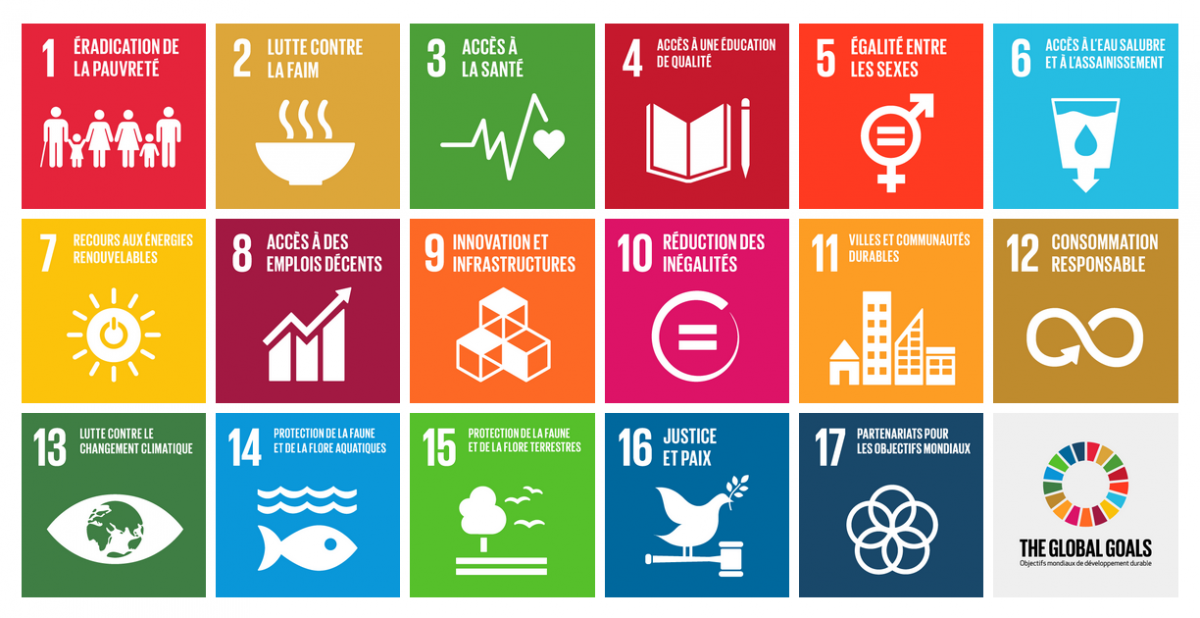di MATTIA PADOVANI – GDP AND ALTERNATIVE INDICATORS
For almost 5 years the Countries have decided that the GDP (PIL in Italian) isn’t a reliable indicator to measure the well-being of the population so the States have decided to use alternative indicators. The GDP (Gross Domestic Product) is the primary indicator for measuring the economic production in a country. It is the total value of all the goods and services produced in a country. It measures income, savings, credit purchases, commodity production and accumulation of capital but, on the other hand, it doesn’t measure health, infant mortality, suicide rates, crime, poverty, gap between rich and poor and other indicators of wellbeing’s level. Robert F. Kennedy (brother of the American President John Kennedy) said:”GDP measures everything except that which makes life worthwhile”. In his speech Kennedy said that GDP measures the cost of ambulances, bars, nuclear and normal weapons etc. Like Kennedy, The World Economic Forum explained that GDP is like a speedometer: it tells you whether your economy is going faster or slower but not if you are going in the right direction. Incredible but true, in the small Asian country of Buthan, the government uses an alternative indicator called GNH (Gross National Happiness) to measure the country’s development. Similarly Buthan, the Australian Bureau of Statistic has started to use an indicator called MAP (Measures of Australia’s Progress). The MAP contains 26 indicators related to society, environment, economy and governance. These two countries started respectively in 2010 and in 2014. Nevertheless, in 2011 the UK Prime Minister announced that the government was planning to measure the well -being of population. In the same way and in the same years, the French President Nicolas Sarkozy and the French statistic agency started incorporating new and more meaningful indicators. But, which are the correct indicators to measure the well-being of a population? These indicators can be incorporated in 5 groups: the first is “Good Jobs” to understand which jobs are paid too little to afford a decent standard of living. The second is “Wellbeing” to ask people about their life satisfaction. The third is “Environment”, an indicator of lifestyle-related carbon emission and all the problems of nature. The fourth is “Fairness”, to understand the gap between rich and poor and how the high income inequality can have negative social consequences and the last is “Health” to capture the quality of health interventions. Based on these 5 groups, the Commission of UN decided to take action in 2015 and It drafted a list of 17 Sustainable Development Goals (SDGs). These new goals have an agenda that includes environment, inequality, sustainable and equitable economic growth. The 17 goals are no poverty, zero hunger, good health and well-being, education quality, gender equality, clean water and sanitation, affordable, clean energy, decent work and economic growth, industry innovation and infrastructure, reduced inequality, sustainable cities and communities, responsible consumption and production, climate action, life below water, life on land, peace, justice and strong institution and partnership for the goals. We hope, of course, that the population of every country will live better with a correct well-being.
Articolo pubblicato in occasione del Festival dello sviluppo sostenibile 2018







